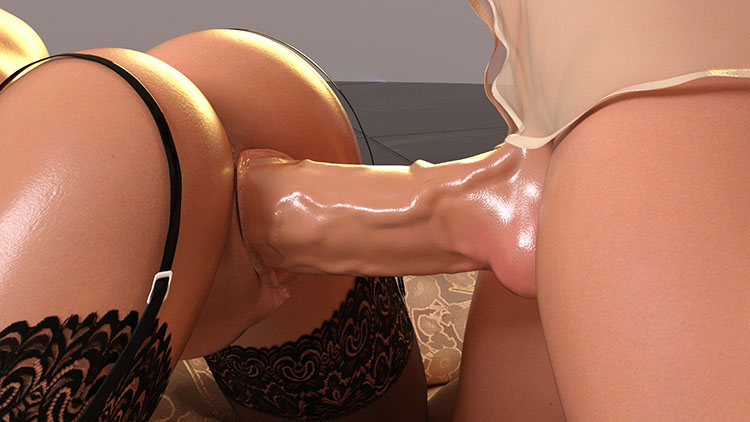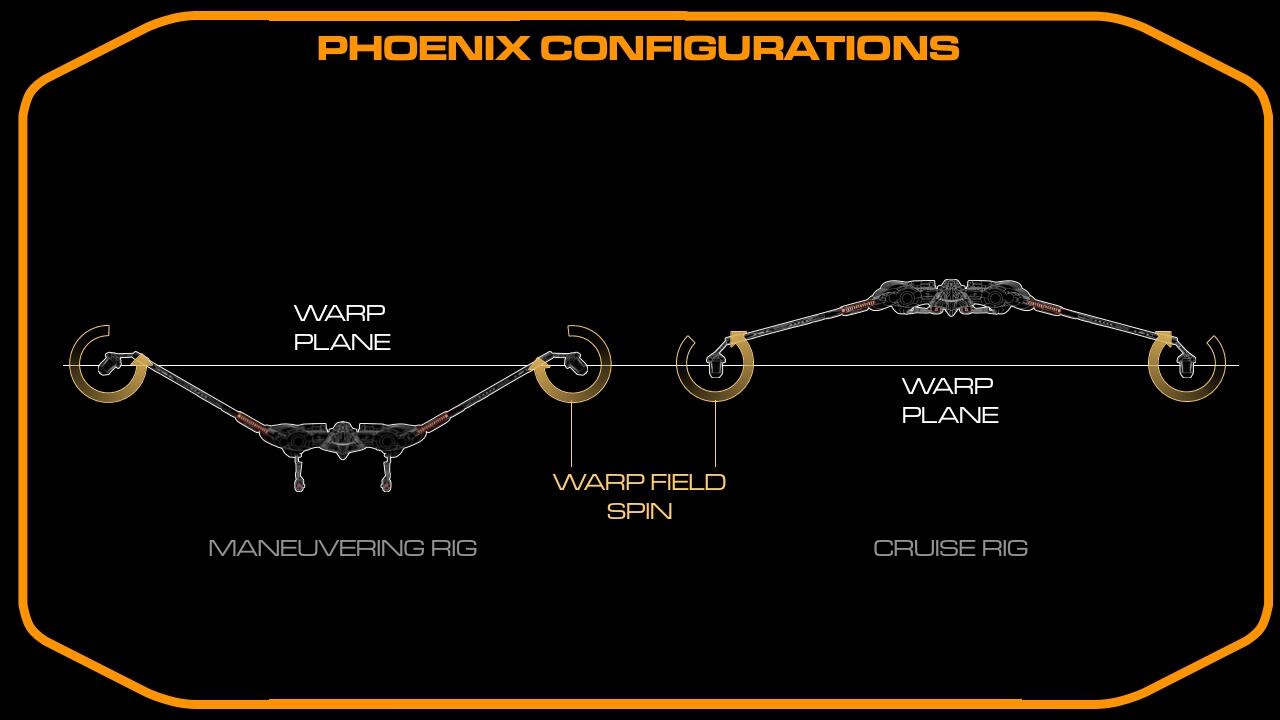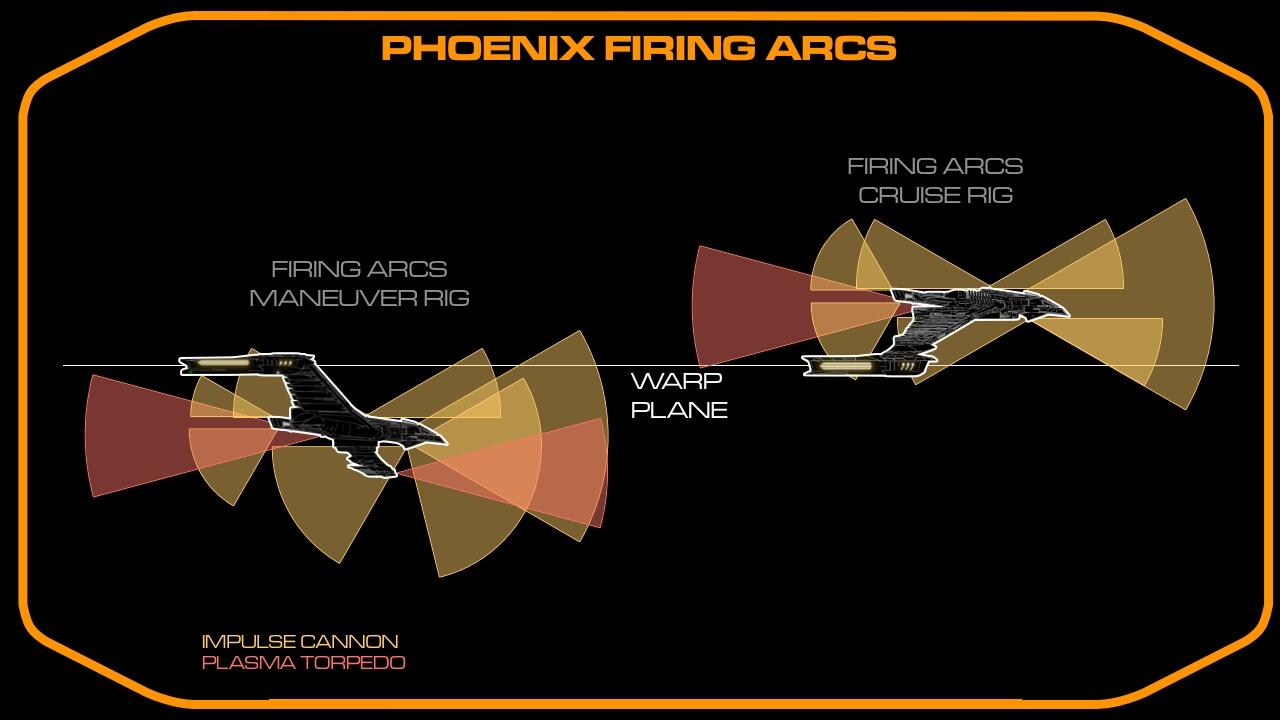Tech Lectures: Maneuvering in the vertical
Seminar by Captain Harding with the midshipmen of Phoenix, August 13, 2289
Last time we talked about how a ship maneuvers at warp speed, by varying the ionization of the warp sails. Today we’re going to talk about some tactical implications of that.
We discussed the warp plane, the plane defined by the axis of the two warp nacelles. Sails aligned with the warp plane are more efficient, which is why most ships are larger viewed from above or below than from other directions; by maximizing the surface area along the warp plane, they maximize the efficiency of the sails and thus the engines. But this has another consequence. When trimming the sails to change direction, ships pitch up, and to a lesser degree down, more readily than they yaw side to side.
This wouldn’t matter so much if it weren’t for the fact that it is more difficult to fire pulse cannon, or any other weapon, perpendicular to the warp plane than it is parallel to it. Star Fleet weapons designers consider firing offensive weapons more than thirty degrees above or below the plane, or defensive ones more than sixty degrees above or below, to be not worth the effort. The Uruk and Janni seem to agree. So in battle, you need to keep your enemy in your warp plane. They, of course, will try to do the same.
When a ship needs to maneuver rapidly, then, she will roll, so that instead of purely yawing she can yaw and pitch. This may take some of her weapons out of action during the maneuver if she rolls too far, but that may be tactically acceptable. When you instruct a helmsman to make a hard turn, you are accepting that the helm will roll as much as necessary to execute the turn as quickly as possible, and that you may not be able to fire on targets off your axis of travel until the maneuver is complete. Even so, Star Fleet ships seldom roll past forty five degrees, because their rate of roll is such that they won’t go past that point during almost any turn. Uruk ships, on the other hand, may roll past seventy degrees at times.
Questions so far?
JORDAN: You said it was easier to go up than down? Why?
MOTHER LOVELACE: Because of the rotation of the warp fields. They’re coming up on the inner side of the nacelle. There’s no reason you can’t do it the other way, but for warp dynamics purposes we define the direction on the inside as up; there’s a few aliens than just build their ships upside-down.
Anything else? Very well.
The need to keep the enemy in your warp plane, and his trying to do the same, can psychologically collapse a battle into two dimensions. Do not be seduced by this. You can and should change the plane of the battle when it is to your advantage. It may be to your advantage to do so simply to disorient the enemy commander. I don’t know any star-faring species that are instinctively comfortable without the idea of up and down; if you can let go of them, you have an advantage.
Phoenix has some unusual maneuvering characteristics. In cruise configuration, the nacelles are parallel to one another, and the large sail area of the wings makes for efficient and conventional handling. But when we rig for maneuver, the nacelles are repositioned so they are perpendicular to one another. This imposes stress on the hull, and requires constant trim correction to keep her straight and level.
ZAHRA: Meran says the ship wants to dance.
LAUGHTER.
But like an Uruk ship, she likes to roll, and that means we can bank into a turn very smartly. The lower winglets also provide increased sail area that let us yaw more efficiently, which means we turn even faster. That enhances not just your ability to maneuver tactically, but also your helmsman’s ability to maneuver evasively if required.
Also, our vertical firing arcs are affected. The dorsal arc collapses to five or ten degrees, but the ventral arc opens considerably. The ventral pulse cannon battery can fire directly below us, and not just for planetary bombardment. Something to keep in mind as a surprise for an adversary who may think they’ve maneuvered clear of your weapons.
Do you want to add items to list ?





























